Kristen McEwen's Blog
HOME BUYING: WHAT ISSUES TO LOOK FOR WHEN VIEWING POTENTIAL HOMES BEFORE THE INSPECTION
Posted On: April 28th, 2022 3:43AM
When touring a home, it is important to take note of items that may need costly repairs. Cosmetic changes or quick fixes are easy to spot, but in the excitement of viewing potential homes, costly repairs sometimes get overlooked. Therefore, we like to educate our clients on potential red flags you should be keeping an eye out for during showings!
Lead paint- Homes made before 1978 are prone to have high levels of lead based paint, which often has a particular cracking pattern that looks like alligator skin as you can see in this photo. The dust created from lead based paint when doors and windows open/close or paint cracks can be very dangerous, especially for kids. If you’re concerned about lead based paint, you can buy easy to use testing kits from Amazon (http://tiny.cc/mtvoez) and take them with you to showings to quickly and discreetly test the home for lead based paint. Typical places to look for lead based paint are on interiors and exteriors of windows and doors, stair stringers, painted interior or exterior railings, porches, garages and siding, although lead based paint can be found anywhere throughout an older home.
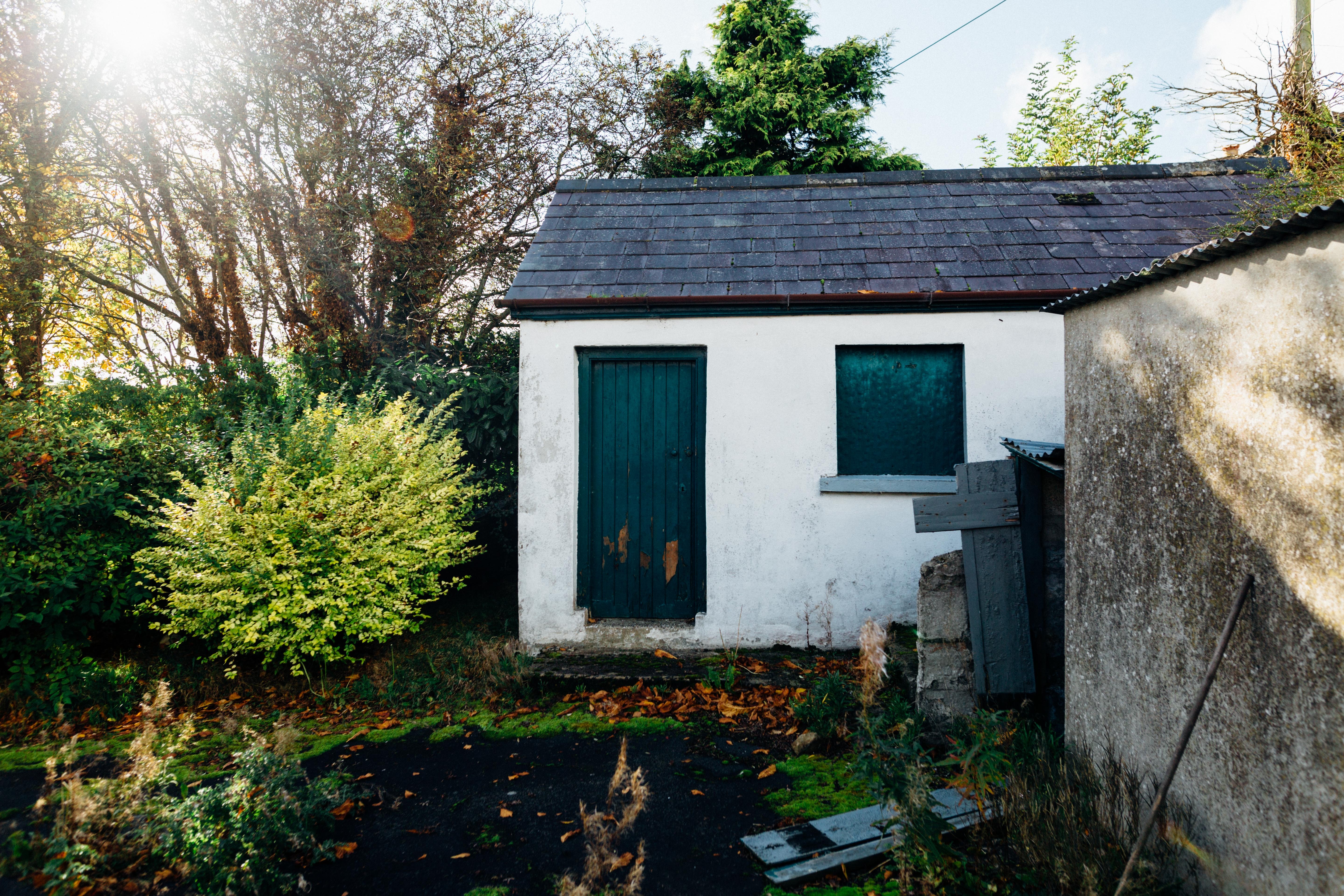 The roof – Do you see cracked, bubbling, missing, or broken shingles? That could mean the property needs a new roof right away which can be very expensive.
The roof – Do you see cracked, bubbling, missing, or broken shingles? That could mean the property needs a new roof right away which can be very expensive.
 Windows– New windows aren’t cheap, often costing $500 – $800 per window depending on the size and style. Make sure the windows open and shut and that there aren’t any drafts. See if the glass has condensation between the panes which can be the sign of a seal failure. Check to see if the window is single paned, meaning it’s an older window, or double paned, likely meaning it’s a newer window. If the window has buttons/tabs on the insides you can use to pop it out and clean it on both sides that’s a good indication it’s likely a newer window. Good working windows helps lower heating and cooling costs as well.
Windows– New windows aren’t cheap, often costing $500 – $800 per window depending on the size and style. Make sure the windows open and shut and that there aren’t any drafts. See if the glass has condensation between the panes which can be the sign of a seal failure. Check to see if the window is single paned, meaning it’s an older window, or double paned, likely meaning it’s a newer window. If the window has buttons/tabs on the insides you can use to pop it out and clean it on both sides that’s a good indication it’s likely a newer window. Good working windows helps lower heating and cooling costs as well.
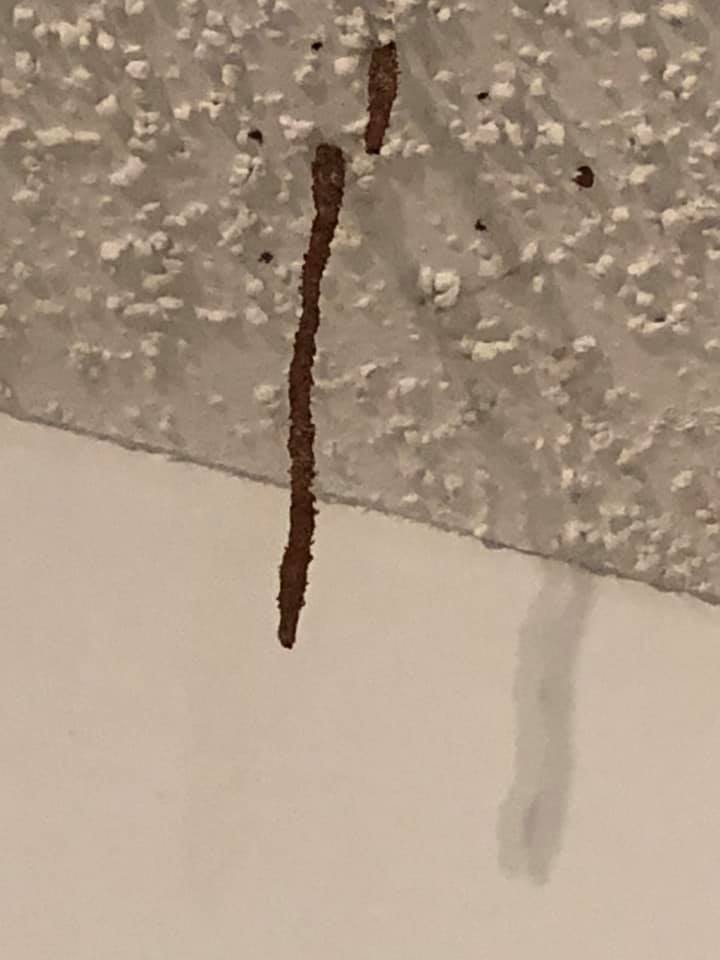 Termite damage –
Termite damage – Take note of mud tubes, damaged wood, pellets or wings, which are often found in areas of the home where there is wood framing such as basements or ceilings. There is a saying in Arizona though, "It's not if the home has termites, it is when." They are common and treatable.
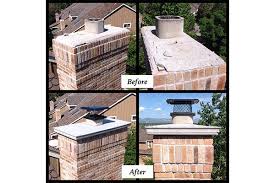
Chimney Cap -if the chimney cap is missing it could indicate the chimney has not been protected during the elements, allowing water in and causing drywall damage, rust, loss of mortar and other deterioration. In other words, repairs could be costly if the chimney cap is missing.
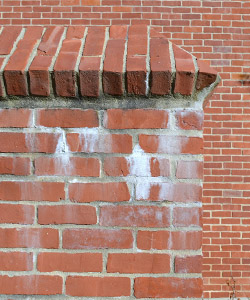 Efflorescence is something we also see regularly on brick or stone. It’s a sign that the brick or stone has come into contact with water causing the water to pull minerals out of the brick resulting in a flaky and chalky white appearance on the exterior. It can be treated by brushing then sealing the surface, however, it often indicates a bigger water intrusion issue such as spalling, missing mortar, etc. You will see these types of issues often in basements. It is best to call a professional for an estimate before moving forward as this could be a foundation issue vs. a quick mortar replacement and sealing.
Efflorescence is something we also see regularly on brick or stone. It’s a sign that the brick or stone has come into contact with water causing the water to pull minerals out of the brick resulting in a flaky and chalky white appearance on the exterior. It can be treated by brushing then sealing the surface, however, it often indicates a bigger water intrusion issue such as spalling, missing mortar, etc. You will see these types of issues often in basements. It is best to call a professional for an estimate before moving forward as this could be a foundation issue vs. a quick mortar replacement and sealing.
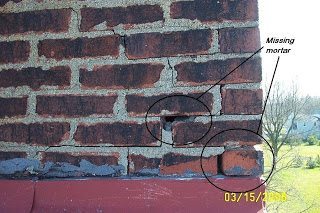

Heating and cooling systems– check the age and service dates of major systems. Turn on the AC or heat to see if they kick on and work!
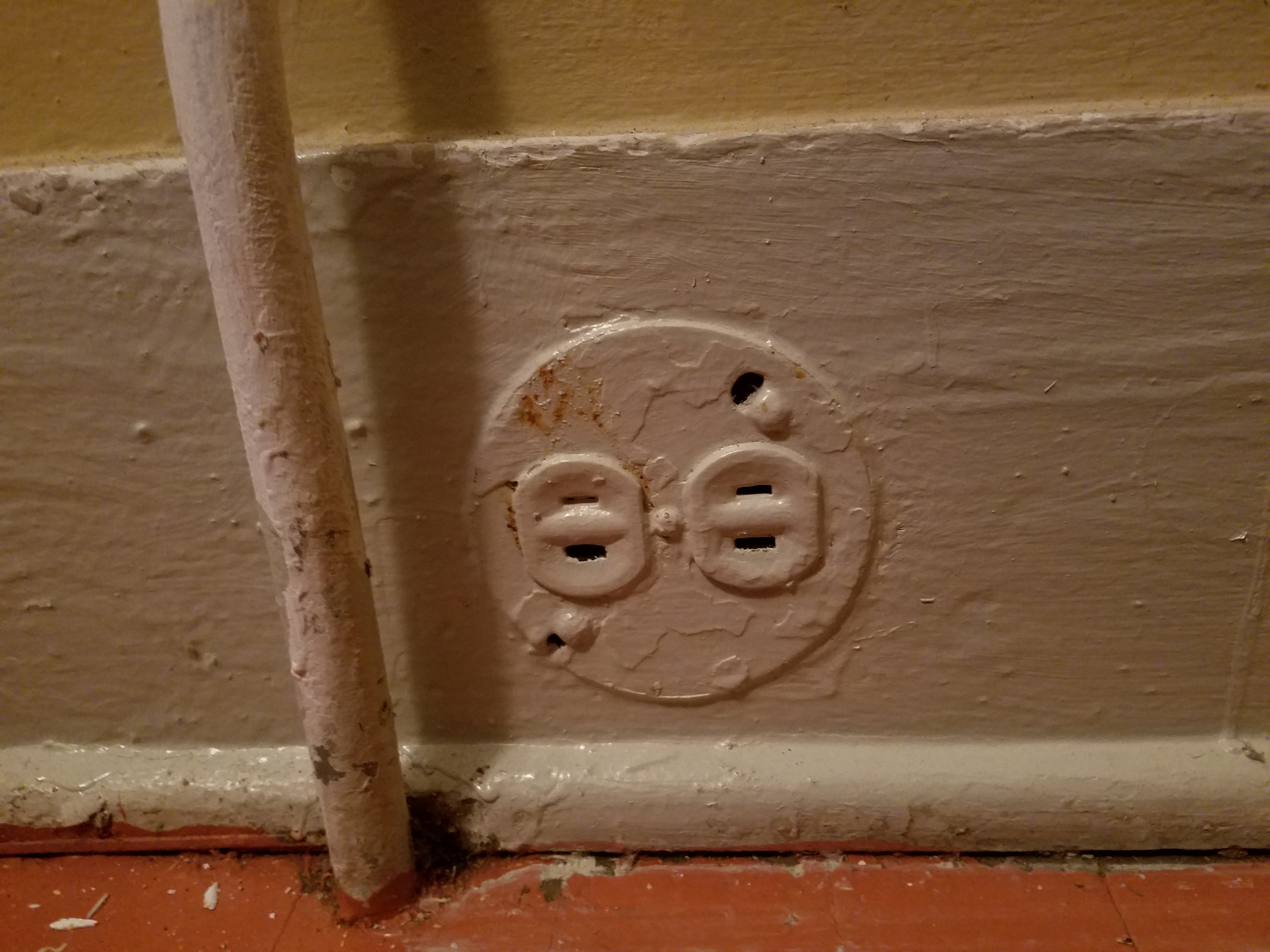
Electrical– Check light switches, see where they lead, if they turn on and off and listen for buzzing or strange noises. Also check to see if the outlets are 2 prong outlets, indicating older electrical wires in the home, or more modern 3 prong outlets. Also look in the basement to see if you see pipe and conduit, indicating more modern electrical or old knob and tube or cloth wrapped BX wiring. Also look to see if the electrical panel looks old or new. Plumbing – Simply flush the toilets and listen. Weird creeks, gurgling, or low pressure could mean a nasty problem is on the horizon. Look to see if any exposed plumbing in the basement is made out of newer PVC and copper or if it’s still the old cast iron pipes. Look for any corrosion or rust on the pipes.
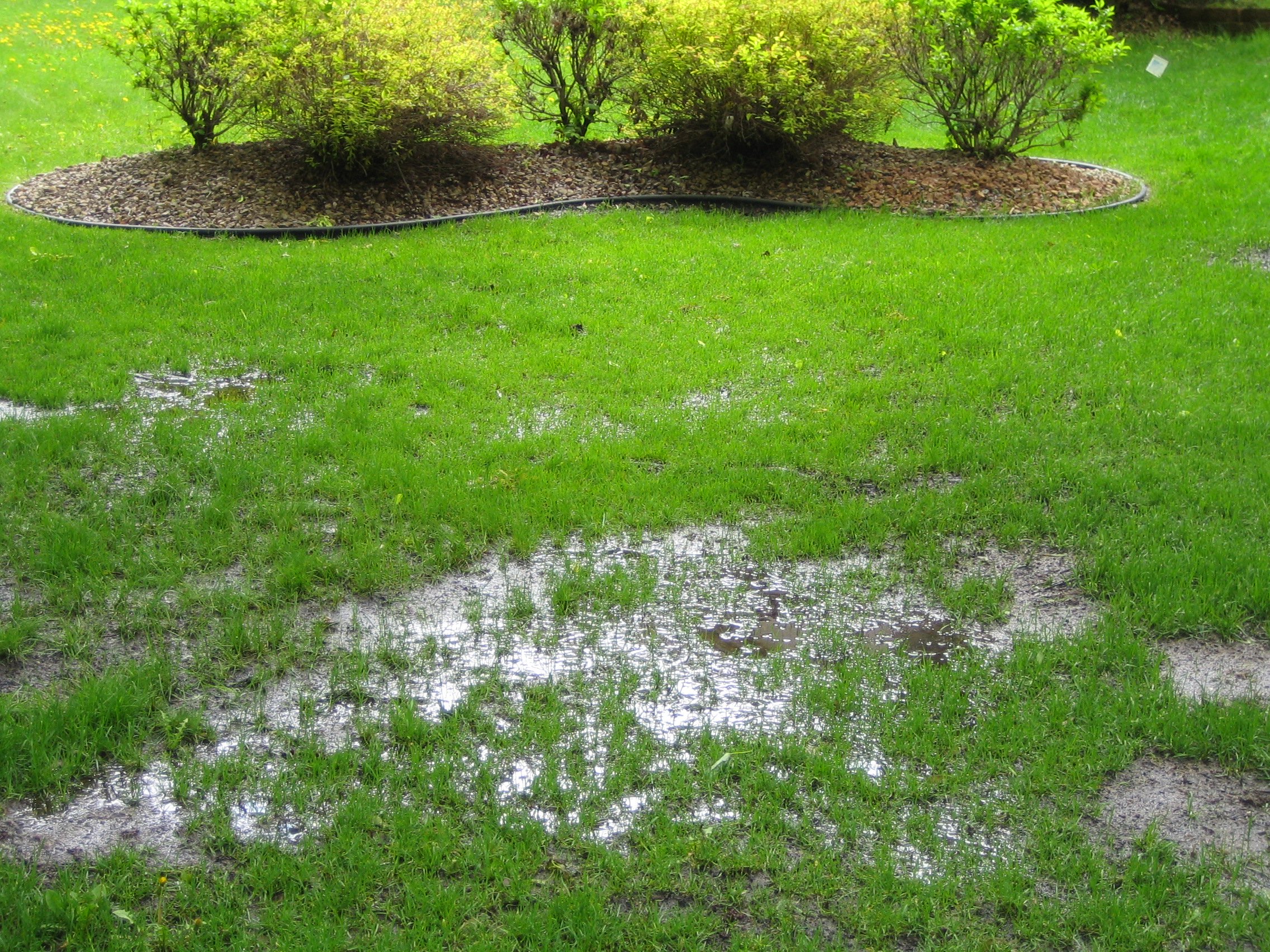 Grading – Is the ground wet with puddling near the house after heavy rains? If so, it could mean the exterior is graded towards the house instead of away from the house which could lead to water intrusion issues. Look to see if walkways next to the house slope away or toward the house (hint: you want them to slope away from the house).
Grading – Is the ground wet with puddling near the house after heavy rains? If so, it could mean the exterior is graded towards the house instead of away from the house which could lead to water intrusion issues. Look to see if walkways next to the house slope away or toward the house (hint: you want them to slope away from the house).
*Disclaimer: We are not professional inspectors. The above are simply suggestions to look for in homes and don’t necessarily mean there is a problem with the home, which is why you should always have a professional and licensed inspector inspect any properties you are considering buying.
